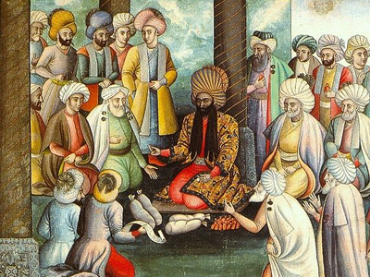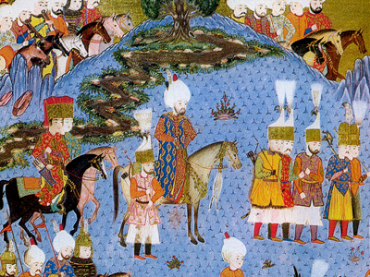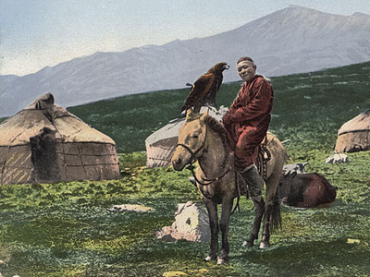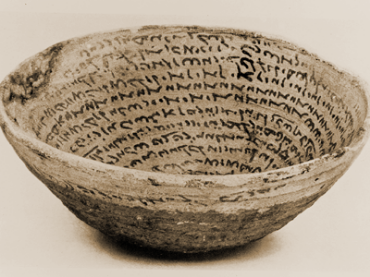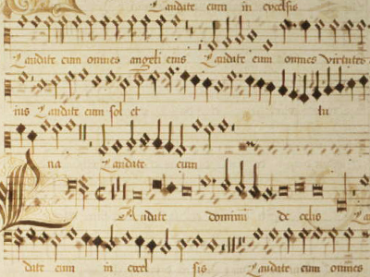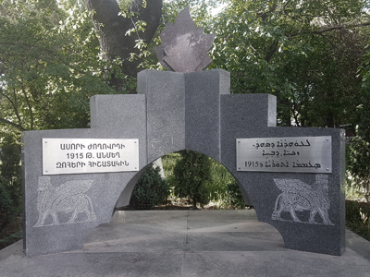History
The Date of the Older Parthenon
Series: Analecta Gorgiana 240
ISBN: 978-1-60724-469-1
William Dinsmoor uses the remains of the Archaic Parthenon to suggest a date for its construction.
$39.00
Iron, Prehistoric and Ancient
Series: Analecta Gorgiana 241
ISBN: 978-1-60724-470-7
Richardson and Hertz present opposing viewpoints for the origin of iron working in the transition from Bronze Age to Iron, one arguing a European origin and the other a Near Eastern/ Egyptian.
$39.00
Excavations at Troy 1934
By Carl Blegen
Series: Analecta Gorgiana 242
ISBN: 978-1-60724-471-4
The first of Carl Blegen's reports on the excavation of Troy for the American Journal of Archeology detailing a small residential area.
$36.00
Excavations at Troy, 1935
By Carl Blegen
Series: Analecta Gorgiana 243
ISBN: 978-1-60724-472-1
The second of Carl Blegen's reports on the excavation of Troy for the American Journal of Archeology detailing a small residential area.
$39.00
The Third Campaign at Olynthos
Series: Analecta Gorgiana 244
ISBN: 978-1-60724-473-8
David Robinson, the first to excavate the ancient city of Olynthos, presents his first report on the site and his excavations.
$38.00
Excavations at Troy, 1936
By Carl Blegen
Series: Analecta Gorgiana 245
ISBN: 978-1-60724-474-5
The third of Carl Blegen's reports on the excavation of Troy for the American Journal of Archeology concentrating on a large house continuously occupied in some capacity from Troy I – VII.
$38.00
Excavations at Troy, 1937
By Carl Blegen
Series: Analecta Gorgiana 246
ISBN: 978-1-60724-475-2
The fourth of Carl Blegen's reports on the excavation of Troy for the American Journal of Archeology concentrating on the Trojan acropolis.
$40.00
Two Late Cypriote III Tombs from Kourion
By John Daniel
Series: Analecta Gorgiana 247
ISBN: 978-1-60724-476-9
This is the site report for a series of tombs in Cyprus dating from the Late Cypriot III period, and includes a wealth of information about the burial customs, tomb-shafts, and goods of entire Cypriot tombs.
$38.00
Amendments in Athenian Decrees
Series: Analecta Gorgiana 248
ISBN: 978-1-60724-477-6
Billheimer uses surviving amended Athenian decrees to reverse-engineer the legislative process that may have produced them, and the subsequent steps that intervened between the voting and promulgation of an amendment.
$36.00
Excavations at Troy, 1938
By Carl Blegen
Series: Analecta Gorgiana 249
ISBN: 978-1-60724-478-3
The fifth of Carl Blegen's reports on the excavation of Troy for the American Journal of Archeology concentrating on detailed study of artifacts and finds on the citadel.
$35.00
The Fourth Campaign at Olynthos
Series: Analecta Gorgiana 250
ISBN: 978-1-60724-479-0
David Robinson, the first to excavate the ancient city of Olynthos, presents his second report on the site and his excavations.
$36.00
Collection of Historical Documents in Relation with the Syriac Orthodox Community in the Late Period
The Register of Mardin MS 1006
Series: Gorgias Eastern Christian Studies 24
ISBN: 978-1-60724-994-8
In the Ottoman Empire, Syriac communities kept their own baptismal books, marriage, funeral and other records and many of these can be found in various libraries, churches, monasteries in the West and East. The Syriac Garšūnī manuscript found in the Church of the Forty Martyrs in Mardin contains several lists of different subjects that go back to the late period of the Ottoman Empire. These lists, published here for the first time with annotations, are an important historical source for the social, economic, cultural and religious history of the Near East during the 19th century.
$153.00
The 'Ablaut' of Greek Roots Which Show Variation between e and o
Series: Analecta Gorgiana 306
ISBN: 978-1-60724-538-4
Maurice Bloomfield applies the principles of linguistics to find the proper root forms for Ancient Greek words, a task complicated by the vowel shift that occurs when Greek words (particularly verbs) are inflected.
$40.00
On the Enclitic ne in Early Latin
Series: Analecta Gorgiana 309
ISBN: 978-1-60724-541-4
Minton Warren, a distinguished scholar of Roman comedy, explores the origins and shades of meaning in the Latin particle 'ne', arguing that it has both emphatic and interrogative meaning.
$37.00
Studies in Pindaric Syntax.
Series: Analecta Gorgiana 310
ISBN: 978-1-60724-542-1
Basil Gildersleeve, a prolific scholar of Greek and Latin grammar, here analyzes the difficult syntax of Pindar, paying particular attention to dependent clauses and conditional statements.
$36.00
New Testament Autographs
Series: Analecta Gorgiana 311
ISBN: 978-1-60724-543-8
James Rendel Harris uses known statistics of ancient autographs (that is, the original version of a written document) to posit the general appearance of the epistles in their original form.
$44.00
Nonius Marcellus
Series: Analecta Gorgiana 312
ISBN: 978-1-60724-544-5
Nettleship's introduction and commentary to Nonius Marcellus, a 3rd century AD writer on Latin grammar and lexicography. This includes a lengthy biography and background on the work and its influence.
$39.00
Greek and Latin Inscriptions from Palestine
Series: Analecta Gorgiana 316
ISBN: 978-1-60724-548-3
Allen offers a series of inscriptions from Palestine copied by the Rev. Dr. Selah Merrill in the years I875-77, in the course of journeys undertaken under the auspices of the American Palestine Exploration Society.
$36.00
The Reduction of ei to i in Homer
Series: Analecta Gorgiana 317
ISBN: 978-1-60724-549-0
Herbert Weir Smyth focuses on a grammatical feature of the Homeric dialect of Greek viewed as an aberration by other grammarians, namely what seems to be a reduction of the -ei diphthong to -i in certain words.
$37.00
On the So-Called Genitive Absolute and Its Use Especially in the Attic Orators
Series: Analecta Gorgiana 318
ISBN: 978-1-60724-550-6
Edward H. Spieker provides a linguistic analysis of the genitive absolute, one of the key constructions of the Greek language and often compared to the Latin Ablative Absolute despite some key dissimilarities.
$37.00
Sir Orfeo
Series: Analecta Gorgiana 320
ISBN: 978-1-60724-552-0
George Lyman Kittredge examines the medieval romance of Sir Orfeo against its classical predecessor in Ovid's Metamorphoses.
$36.00
Que, Et, Atque in the Inscriptions of the Republic, in Terence, and in Cato
By H. C. Elmer
Series: Analecta Gorgiana 322
ISBN: 978-1-60724-554-4
Prof. Elmer offers an analysis of the use of coordinating conjunctions in Latin of the middle Republic – que, atque, and et.
$38.00
Poetry in the Limburger Chronik
Series: Analecta Gorgiana 323
ISBN: 978-1-60724-555-1
Julius Goebel takes the Chronicle of Limburg and demonstrates how this seemingly prosaic source preserves otherwise unknown German folksong and poetry.
$39.00
The Sequence of Tenses in Latin
Series: Analecta Gorgiana 324
ISBN: 978-1-60724-556-8
In this well-known piece, Hale questions the rule of sequence of tense in Latin subjunctive clauses which is still used to teach Latin grammar, but fails to correspond to the language as it was used by the Romans themselves.
$47.00
The Agon of the Old Comedy
Series: Analecta Gorgiana 326
ISBN: 978-1-60724-558-2
Milton W. Humphreys explores the development of the comic agon – that is, the contest-in-words that is the heart of Athenian drama and a reflection of the speech competitions in Athenian politics.
$36.00
Filter by
Filter by price
Filter by manufacturer

